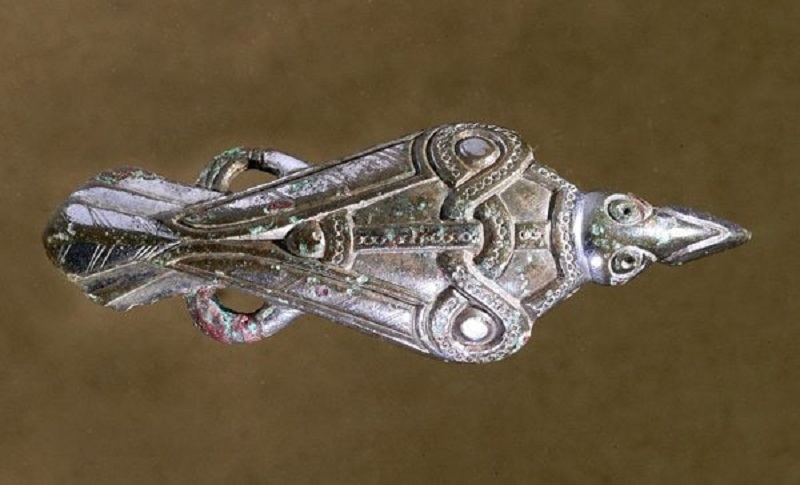In the realm of floral beauty and fragrance, few blossoms can rival the elegance and allure of the tuberose. This exquisite flower, with its captivating scent and delicate appearance, has been cherished for centuries in various cultures around the world. In this blog post, we will embark on a journey through time to explore the rich and fascinating history of the tuberose flower. From its origins in ancient Mexico to its global presence today, the tuberose continues to enchant and inspire with its timeless beauty and intoxicating fragrance.
Ancient Roots in Mexico
The story of the tuberose begins in pre-Columbian Mexico, where it was cultivated and revered by the Aztecs. Known as "omixochitl" in the Nahuatl language, this flower played a significant role in Aztec rituals and ceremonies. It was often used to create garlands and was believed to have mystical powers. The tuberose's popularity eventually spread beyond the borders of Mexico, finding its way to Europe and Asia through early explorers and traders.

European Elegance
In the 16th century, Spanish explorers introduced the tuberose to Europe, where it quickly became a symbol of luxury and refinement. Its unique fragrance and striking appearance made it a favorite in royal gardens and among the aristocracy. In Victorian England, the tuberose was a cherished bloom, adorning gardens and fashionable bouquets. The Victorians also associated it with sensuality and used it as an ingredient in perfumes and cosmetics.

Fragrance and Symbolism
The tuberose's sweet, heady scent has made it a sought-after ingredient in the perfume industry. Its natural aroma is often described as a mix of floral and creamy notes, with a hint of spice. Tuberose absolute, extracted from the flower, is a key component in many high-end fragrances. It is known for its ability to add depth and sensuality to perfumes, making it a favorite among perfumers.

Cultural Significance
Beyond its aesthetic and olfactory appeal, the tuberose holds cultural significance in various parts of the world. In India, it is an essential flower in Hindu religious ceremonies and weddings, symbolizing purity and sensuality. In Hawaii, the tuberose, known as "nāhono," is often used in leis and is associated with love and friendship. The flower's ability to convey complex emotions and messages through its scent has contributed to its enduring popularity.

Global Presence
Today, the tuberose is cultivated in many countries, including India, Morocco, and the United States. Its versatility as both a garden plant and a source of essential oil has ensured its continued presence in the world of horticulture and perfumery. Garden enthusiasts and flower lovers still cherish the tuberose for its timeless beauty and captivating fragrance.

The history of the tuberose is a testament to the enduring appeal of nature's creations. From its origins in ancient Mexico to its status as a global symbol of elegance and fragrance, the tuberose has withstood the test of time. Its sweet, intoxicating scent and delicate petals continue to enchant and inspire generations of flower enthusiasts and perfumers. Whether it graces a wedding bouquet or adds depth to a luxury perfume, the tuberose remains a timeless emblem of beauty and allure. As we celebrate its history, let us also appreciate the joy it brings to our senses and the elegance it adds to our world.










